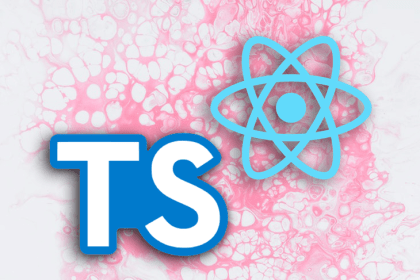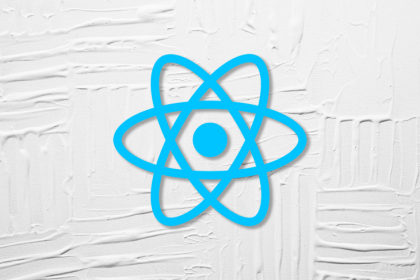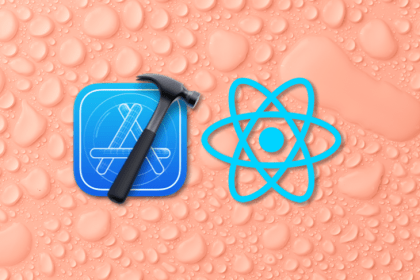
An introduction to using TypeScript in React Native apps, including a tutorial and example build for a mobile app

Understand what PropTypes and TypeScript are, consider their relevance in React applications, and discover how they can be used together.

Discover five essential React DevTools features that you might not have tried yet or didn’t even know existed.

Managing state in larger React apps used to require third-party libraries. The useReducer Hooks enables you to share state between components without Redux.

There aren’t many options out there to host a full-stack Node.js and React app on a single provider. Begin lets you do just that.

Ever wonder how to build a tag input field component for your React app? Here’s a quick tutorial to show you how.

Compare the best boilerplates for React Native in order to get your project off the ground quickly and with the right tools

Learn how to build multi-step wizards in a small proof-of-concept application with Formik and React Query right here.

Using XState and React to build state machines is one of the easiest and most efficient ways to handle state in any JavaScript application.

React Hook Form V7 supports strictly typed forms with the help of TypeScript. See what else is new in the most recent release.

Learn how to create a reusable auth flow for your React Native apps that you can easily copy-paste into your next project.

Use Xcode when building iOS apps with React Native to find and fix build issues faster and more efficiently.